Solar Biomass

How does hydropower compare to other forms of alternative energy ?
Hydropower, a form of renewable energy that uses water flow or fall to generate electricity, is compared with other alternative energies like solar, wind, geothermal, and biomass across various aspects: 1. **Cost-Effectiveness**: Hydropower has high setup costs but low operational expenses, while solar and wind require significant upfront investment for installation but have lower running costs. Geothermal can be expensive initially due to drilling and exploration, and biomass costs vary based on the type and conversion technology used. 2. **Reliability and Consistency**: Hydropower offers consistent power generation as long as water flow is maintained. Solar power's reliability depends on sunlight, wind power on wind patterns, geothermal power provides consistent power once established, and biomass needs a steady supply of material for consistency. 3. **Environmental Impact**: Hydropower can impact habitats and water temperature but produces no direct emissions. Solar power has a relatively low environmental impact during operation but considers the manufacturing process. Wind power is generally environmentally friendly, geothermal power releases fewer pollutants than fossil fuels, and biomass burning releases CO2 but is carbon-neutral. 4. **Energy Storage and Grid Integration**: Hydropower offers excellent energy storage capabilities. Solar and wind powers require energy storage solutions. Geothermal power doesn't typically require energy storage, while biomass can be stored and used as needed. 5. **Scalability and Deployment Speed**: Large-scale hydropower projects can take many years to build, whereas small-scale or run-of-river systems can be deployed faster. Solar power can scale from small residential systems to large farms, and wind farms can be built relatively quickly. Geothermal power's scalability depends on the resource available, and deployment can be slow due to requirements. Biomass ranges from small community digesters to larger power plants, with scalability being moderate.

Is biomass energy a sustainable solution, considering the resources required to produce it ?
The text discusses biomass energy, which is derived from organic materials like wood, crops, and waste. It is often considered a sustainable alternative to fossil fuels, but its sustainability depends on various factors such as land use, water consumption, nutrient management, and energy inputs. The potential environmental impacts include carbon emissions and waste management. Economic considerations involve job creation and cost competitiveness. Social impact includes energy access and public health. Biomass energy has the potential to be a sustainable solution, but its actual sustainability depends heavily on how it is produced and utilized.
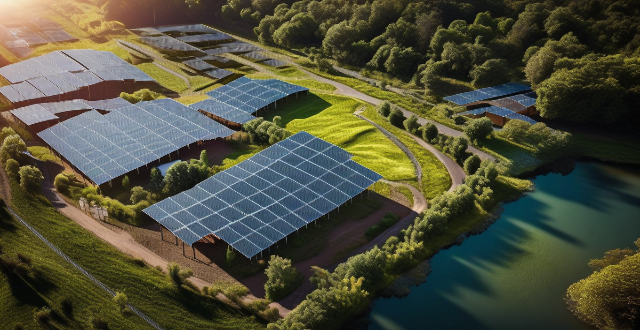
How does solar energy work ?
Solar energy is generated through the use of solar panels containing photovoltaic cells, which convert sunlight into electricity via the photovoltaic effect. This process involves absorbing sunlight, exciting electrons to a higher energy level, generating an electrical current, collecting it, and converting it into usable AC electricity. Solar energy is renewable, sustainable, cost-effective, and environmentally friendly, but its effectiveness can be reduced by weather conditions, and it requires additional equipment for energy storage. Despite high upfront costs, solar energy systems can lead to long-term savings on utility bills.
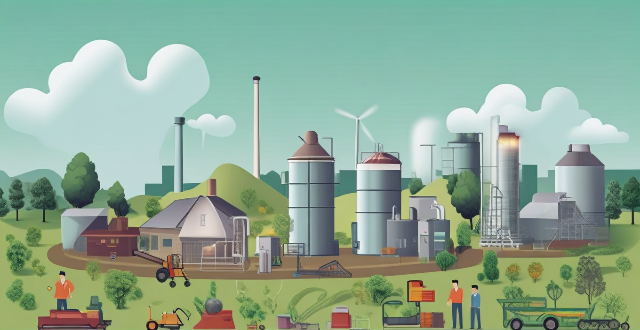
What role does biomass play in renewable energy production ?
The article discusses the significant role of biomass in renewable energy production. It is a type of organic matter that can be used to generate electricity, heat, or fuel. Biomass is considered a renewable energy source because it comes from living organisms that can be replenished naturally. The article explores various ways in which biomass contributes to renewable energy production, including electricity generation, heat production, transportation fuels, displacement of fossil fuels, job creation, and economic benefits. Biomass plays a crucial role in providing a sustainable source of energy while reducing our environmental impact.

Is it possible to run my entire house on solar power alone ?
The possibility of powering an entire household with solar energy alone is influenced by various factors, including energy consumption habits, geographic location, available roof space, and system efficiency. Financial considerations, net metering policies, and maintenance requirements also play a role in determining the feasibility of such a setup. Homeowners should assess these elements and consider professional consultation to ascertain if their home can run solely on solar power.

What are some examples of recent technological advancements in renewable energy sources ?
Renewable energy sources have been gaining momentum in recent years due to the increasing awareness of climate change and the need for sustainable alternatives to fossil fuels. Here are some examples of recent technological advancements in this field: - Solar Energy: Perovskite solar cells, bifacial solar panels, concentrated solar power (CSP) systems with efficient heat transfer fluids and storage systems. - Wind Energy: Floating wind turbines designed for deep waters, smart grid integration with improved forecasting techniques, demand response programs, and energy storage solutions. - Hydropower: Run-of-river systems that minimize environmental impact by utilizing natural river flow, low head hydropower installed in existing water infrastructure without significant modifications. - Geothermal Energy: Enhanced geothermal systems (EGS) with improved drilling techniques and efficient heat exchangers, low-temperature geothermal heat pumps harnessing warmth from Earth's surface even in colder climates. - Biomass Energy: Anaerobic digestion process breaking down organic matter to produce biogas for electricity generation or as a natural gas substitute, torrefaction converting biomass into coal-like substance called biocoal with higher energy density and potential applications in replacing coal in power plants and industrial processes.
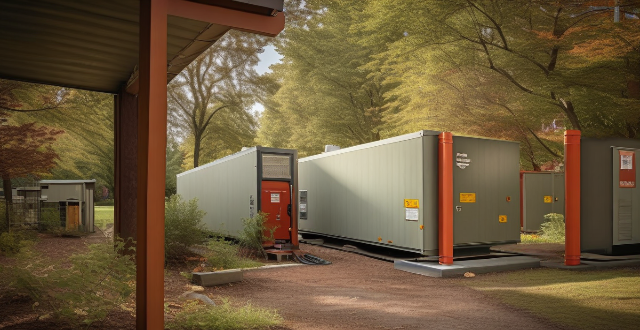
How do solar panels impact electricity bills in the long run ?
Solar panels can significantly reduce electricity bills over the long term by reducing energy consumption, increasing self-sufficiency, and taking advantage of net metering programs. While the initial cost of installation can be high, lower operating costs, federal tax credits, and increased home value can help offset these expenses. Additionally, solar panels offer environmental benefits such as reduced carbon emissions and support for renewable energy infrastructure.

Are there any government incentives for installing solar panels ?
Governments worldwide offer various incentives to encourage the adoption of solar energy, including tax credits and deductions, rebates, net metering, feed-in tariffs, grants, low-interest loans, green energy certificates, and solar rights laws. These incentives aim to reduce the upfront costs of installing solar panels and make renewable energy more accessible and financially viable for homeowners and businesses. However, eligibility requirements and application processes can vary, so it's essential to consult local professionals or agencies for specific information.
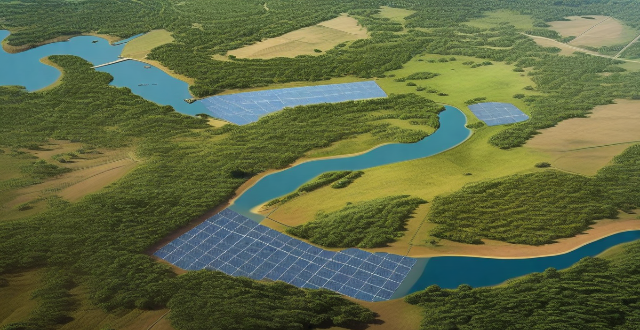
How long do solar panels typically last ?
Solar panels are a sustainable and cost-effective way to generate electricity. However, the lifespan of solar panels is an important factor to consider when making an investment in renewable energy. In this article, we will explore how long solar panels typically last and what factors can affect their lifespan. Solar panels are designed to last for several decades, with most manufacturers offering warranties of 25 years or more. However, the actual lifespan of a solar panel can vary depending on several factors, including the quality of materials used, the installation process, and environmental factors. The quality of the materials used in the manufacturing process can significantly impact the lifespan of a solar panel. Proper installation ensures that the panel is securely mounted and protected from potential damage caused by weather conditions or other external factors. Environmental factors such as temperature, humidity, and exposure to sunlight can also impact the lifespan of a solar panel. To ensure that your solar panels last as long as possible, it is essential to perform regular maintenance checks. This includes keeping the panels clean, checking for damage, and monitoring performance over time. By following proper maintenance practices and monitoring your solar panel's performance over time, you can ensure that your investment in renewable energy pays off in the long run.
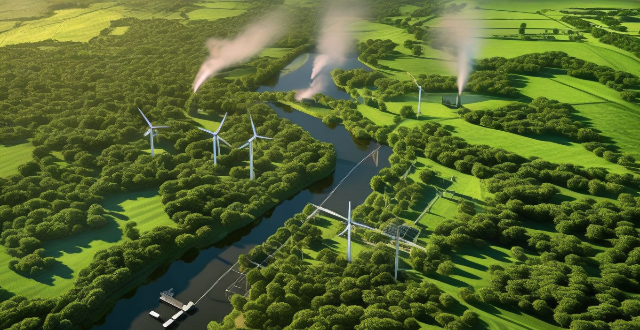
What are the most common types of renewable energy sources ?
Renewable energy sources are naturally replenished and provide a sustainable way to generate power without depleting the Earth's natural resources or contributing to climate change. Solar energy is harnessed through photovoltaic systems, solar water heaters, and concentrating solar power. Wind energy is captured by onshore and offshore wind turbines. Hydropower is generated through dam-based and run-of-river systems. Geothermal energy is tapped into via dry steam, flash steam, and binary cycle power plants. Bioenergy includes biomass combustion, anaerobic digestion, and biofuels. These sources offer clean alternatives to fossil fuels and play a crucial role in reducing greenhouse gas emissions.
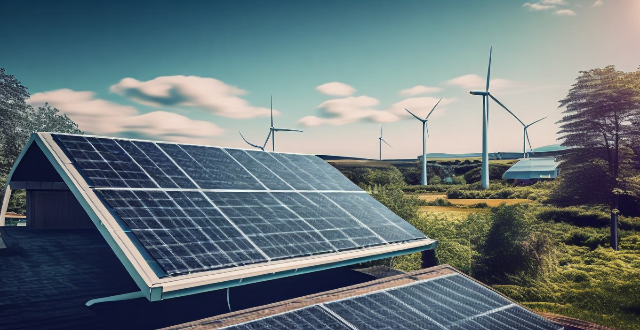
What are some innovative ways that people are using to generate their own alternative energy at home ?
The provided text discusses innovative ways to generate alternative energy at home. It mentions various methods such as solar power (solar panels, solar water heaters, solar chargers), wind power (home wind turbines, vertical axis wind turbines), hydropower (micro hydro systems, rainwater harvesting), geothermal energy (ground source heat pumps, geothermal water heaters), and biomass energy (wood burning stoves, biogas digesters). The conclusion highlights the potential of these methods in reducing a household's carbon footprint and contributing to a sustainable future.

What are the benefits of using solar power ?
Solar power is a renewable and sustainable energy source that offers numerous benefits. It can be cost-effective in the long run, environmentally friendly, promotes energy independence, has low maintenance costs, versatile applications, creates jobs, provides government incentives, increases property value, and enhances energy security. As technology advances and awareness grows about renewable energy sources like solar power, its adoption is expected to continue rising worldwide.
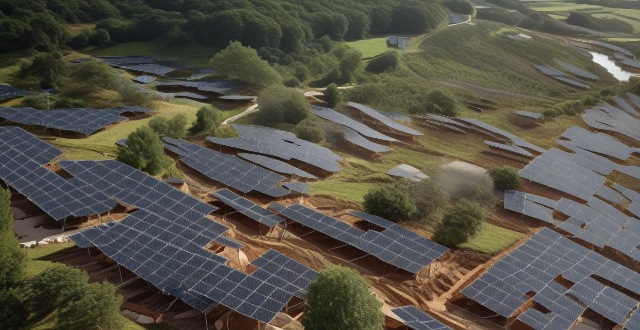
How does wind energy compare to solar energy ?
Wind energy and solar energy are both renewable sources of energy that have gained popularity in recent years. Wind turbines can generate electricity with high efficiency and low maintenance cost, while solar panels have a low initial cost and long lifespan. However, wind turbines can create noise pollution and have limited availability, while solar panels rely on sunlight and require a large amount of land. Both sources have their advantages and disadvantages, making them suitable for different applications.
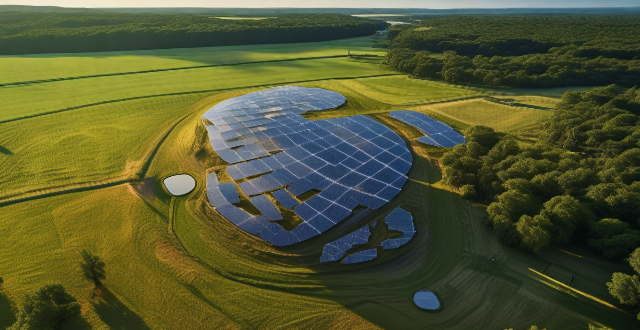
What are the most promising renewable energy technologies for reducing carbon emissions ?
Renewable energy technologies are crucial for reducing carbon emissions and combating climate change. They harness natural resources such as wind, solar, hydro, geothermal, and biomass to produce electricity or heat without emitting greenhouse gases. This article discusses the most promising renewable energy technologies for reducing carbon emissions. Solar energy can be generated through photovoltaics (PV) or concentrated solar power (CSP). Wind energy is growing rapidly due to its low cost and minimal environmental impact. Hydropower is a significant source of clean power but has environmental concerns. Geothermal energy has a high capacity factor but limited availability. Bioenergy helps reduce dependence on fossil fuels but requires careful consideration of land use changes. Wave and tidal energy have immense potential but are still in early development stages. Overall, these technologies offer unique benefits and challenges for creating a sustainable future.
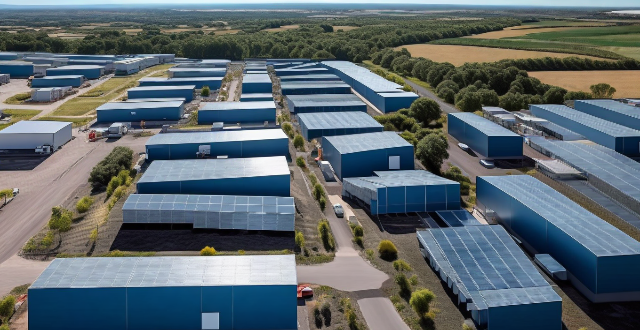
Can you explain the difference between photovoltaic and solar thermal energy ?
Solar energy harnesses the power of the sun to generate electricity or heat. Two major categories are photovoltaic (PV) and solar thermal systems, which differ in their conversion processes, applications, storage capabilities, efficiencies, and costs. PV systems convert sunlight directly into electricity using semiconductor materials like silicon, while solar thermal systems capture the sun's heat to warm a fluid, usually water or air, which then provides heat or generates electricity. PV is mainly used for generating electricity, and solar thermal is used for both heating and electricity generation. Solar thermal systems can more readily incorporate thermal storage solutions, while PV systems typically require battery storage for off-grid applications. The cost and affordability depend on the specific application and location, with PV becoming increasingly competitive in recent years.
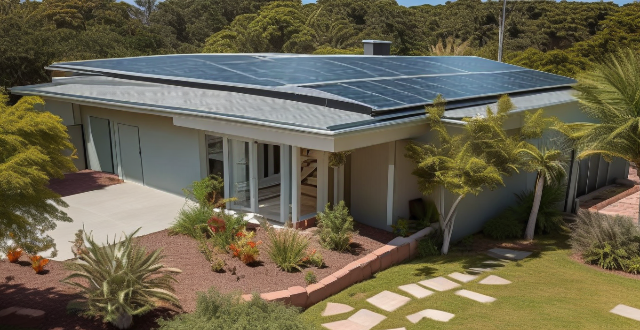
How much does it cost to install a solar panel system ?
The cost of installing a solar panel system varies depending on the size, type of panels used, and installation location. Small residential systems typically range from $15,000 to $25,000 before tax credits or incentives, while medium to large residential systems can cost between $25,000 to $40,000. Commercial systems can vary greatly in size and cost. Monocrystalline silicon panels are the most efficient and expensive option, while thin-film solar panels are the least expensive but also less efficient. Rooftop installations are generally more expensive than ground-mounted installations. Additional costs include inverters, batteries, and installation fees. It is important to consult with a reputable solar installer for an accurate estimate based on specific needs and circumstances.
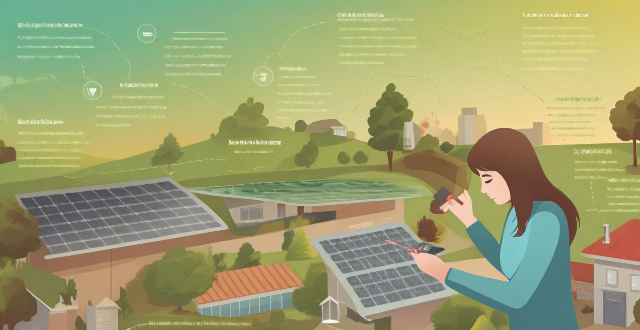
How can I maintain and clean my solar panels for optimal performance ?
The article discusses the importance of maintaining and cleaning solar panels to ensure their optimal performance. It provides a detailed guide on how to keep solar panels in top condition through regular inspection, cleaning, preventative measures, and safety precautions. The guide includes steps for visual inspection, checking for shading, monitoring production levels, dry and wet cleaning methods, using bird repellents and gutter guards, and routine maintenance. It also emphasizes the importance of wearing appropriate safety gear and taking precautions when working on or around solar panels. By following these steps, homeowners can extend the lifespan of their solar panels and maintain their efficiency over time.

How does solar power work and is it a viable option for homes ?
Solar power is generated through solar panels made of silicon cells that convert sunlight into direct current (DC) electricity. This process involves absorption of light, conversion to DC, conversion to alternating current (AC), and distribution throughout a home or business. Solar power is a viable option for homes due to its renewable nature, cost savings, environmental benefits, and government incentives. However, weather conditions, storage options, and upfront costs should also be considered before deciding if solar power is the right choice for your home.

What are the advantages of using solar panels for residential and commercial purposes ?
Solar panels offer reduced energy costs, environmental benefits, increased property value, energy independence, low maintenance, and government incentives for residential and commercial use.
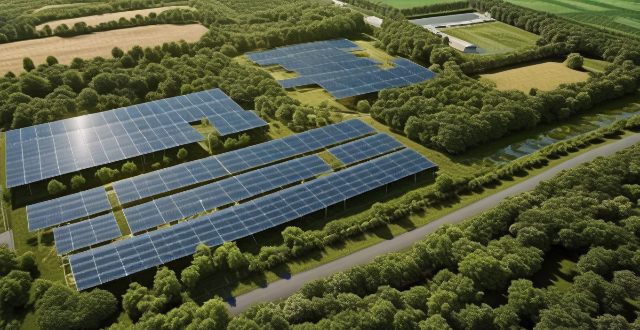
How does solar power generation work and is it a viable option for residential use ?
Solar power generation involves converting sunlight into electricity using solar panels, which are made up of photovoltaic cells. The process includes generating electricity, converting it from DC to AC, net metering, and battery storage. Solar power is a viable option for residential use due to its cost-effectiveness, energy independence, environmental benefits, increased property value, and technological advancements.

How do climate models account for factors such as ocean currents, atmospheric pressure, and solar radiation ?
Climate models are complex mathematical representations of the Earth's climate system, designed to simulate and understand the behavior of various components such as ocean currents, atmospheric pressure, and solar radiation. These factors play a crucial role in shaping our planet's climate, and their interactions are essential for accurate climate predictions. Ocean currents act as conveyor belts for heat, moving it from the equator towards the poles and helping to regulate global temperatures. Climate models use fluid dynamics equations to simulate the movement of water in the oceans, and observations from satellites and buoys are integrated into models to improve the accuracy of ocean current simulations. Atmospheric pressure influences weather patterns and is a key driver of wind systems around the globe. Numerical Weather Prediction (NWP) Models solve the Navier-Stokes equations to simulate atmospheric pressure changes over time, while Global Climate Models (GCMs) incorporate principles of thermodynamics and fluid dynamics to predict how pressure variations will impact climate. Solar radiation provides the primary energy source that drives Earth's climate system. Radiative Transfer Models (RTMs) calculate how solar radiation interacts with the atmosphere and Earth's surface, while Spectral Irradiance Models estimate the amount of solar energy reaching Earth based on sunspot activity and other solar cycles. Coupled Models combine RTMs with atmospheric and oceanic models to understand the full impact of solar radiation on climate.

What is the role of renewable energy sources in energy-efficient buildings ?
Renewable energy sources play a crucial role in the construction and operation of energy-efficient buildings, providing clean, sustainable power that reduces reliance on fossil fuels and helps mitigate climate change. Solar energy is one of the most popular renewable energy sources used in energy-efficient buildings, harnessing the power of the sun to generate electricity or heat water for use in buildings. Wind energy converts the kinetic energy of wind into electricity, which can then be used to power buildings. Geothermal energy involves harnessing the heat from the earth's core to provide heating and cooling for buildings. Biomass energy uses organic materials such as wood chips, crop waste, and animal manure to generate heat and electricity for buildings. Hydropower involves using the energy of moving water to generate electricity. Incorporating these technologies into building designs and operations can create more sustainable and environmentally friendly structures that benefit both people and the planet.

What are the most promising alternative energy sources for the future ?
The world is in urgent need of sustainable and renewable energy sources as it grapples with climate change and the depletion of fossil fuels. Some of the most promising alternative energy sources for the future include solar energy, wind energy, hydropower, geothermal energy, biomass energy, and tidal energy. Solar energy is abundant and renewable, with no greenhouse gas emissions during operation. It can be installed on rooftops or in large solar farms, and technological advancements have made it more efficient and affordable. However, it faces challenges such as intermittent power generation, high initial installation costs, land use concerns, and efficiency drops in colder climates. Wind energy is also renewable and abundant, with no greenhouse gas emissions during operation. It can be installed on land or offshore, and technological advancements have made it more efficient and affordable. However, it faces challenges such as intermittent power generation, noise pollution from turbines, impact on wildlife, and visual impact on landscapes. Hydropower is a reliable and renewable source of energy that can provide baseload power to the grid. It can also be combined with other renewable sources for energy storage. However, it faces challenges such as environmental impact on aquatic ecosystems, limited potential for expansion due to suitable sites being scarce, seasonal variability in water flow affecting power generation, and large upfront capital costs for construction. Geothermal energy is a reliable and renewable source of energy that can provide baseload power to the grid. It can also be used for heating and cooling purposes as well as electricity generation. However, it faces challenges such as limited to specific geographic locations with geothermal resources, environmental impacts such as water usage and land subsidence, high initial installation costs, and potential for induced seismicity in certain areas. Biomass energy is a renewable and abundant source of energy that can be used for both electricity generation and heat production. It can help reduce waste by utilizing organic materials that would otherwise be discarded and can provide jobs in rural areas through the collection and processing of biomass materials. However, it faces challenges such as emissions of greenhouse gases and air pollutants during combustion, competition with food crops for arable land and water resources, high transportation costs for biomass materials over long distances, and concerns about sustainability and carbon neutrality of some biomass sources. Tidal energy is a predictable and reliable source of energy due to the regularity of tides. It can provide baseload power to the grid when combined with other renewable sources like wind or solar energy and has minimal visual impact compared to other renewable sources like wind turbines or solar panels. However, it faces challenges such as limited to coastal areas with significant tidal ranges or fast-moving tidal currents, high initial installation costs for tidal turbines or barrages, potential environmental impacts on marine ecosystems and navigation routes, and technological challenges in designing equipment capable of withstanding harsh ocean conditions over time.
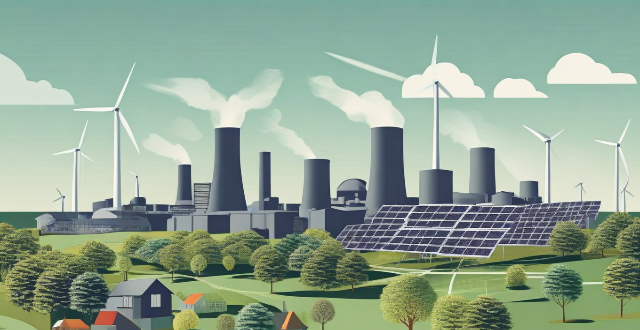
What are the alternatives to fossil fuels for energy production ?
The article discusses various alternatives to fossil fuels for energy production, including solar energy, wind energy, hydroelectric power, geothermal energy, biomass energy, and nuclear energy. It explains the working principles of each alternative and their advantages and disadvantages. The main advantage of these alternatives is that they produce clean energy with minimal greenhouse gas emissions, reducing the impact on the environment and climate change. However, some of them require significant investment and infrastructure development, while others have safety concerns or limited availability. Overall, the article highlights the potential of these alternatives in providing sustainable and reliable sources of energy for the future.

How do renewable energy sources contribute to industrial energy efficiency improvements ?
Renewable energy sources like solar, wind, hydropower, biomass, and geothermal power play a crucial role in enhancing industrial energy efficiency. They offer benefits such as reduced greenhouse gas emissions, lower operating costs, and increased reliability. By adopting these technologies, businesses can reduce their reliance on fossil fuels, increase energy independence, and contribute to a more sustainable future.
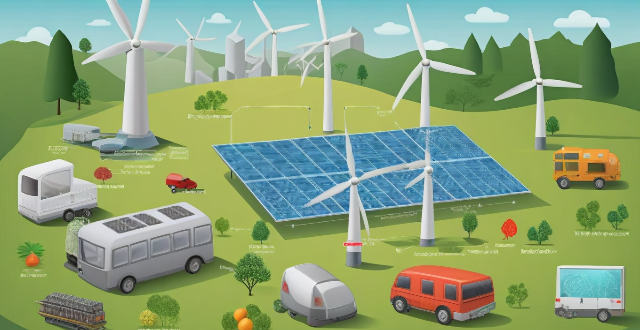
How can green technology reduce carbon emissions ?
In this article, we explore how green technology can help in reducing carbon emissions. We discuss renewable energy sources such as solar, wind, hydro, geothermal, and biomass energy, which produce little to no greenhouse gas emissions during operation. We also emphasize the importance of improving energy efficiency and conservation, utilizing carbon capture and storage technologies, and promoting electric vehicles. By implementing these green technologies, we can significantly reduce our carbon footprint and create a more sustainable future for generations to come.

Can solar flares cause communication interference ?
Solar flares, intense bursts of radiation from the sun's atmosphere, can disrupt communication systems on Earth. This includes shortwave radio signals, satellite communications, and other terrestrial networks. The effects range from signal quality disruption and frequency deviation to satellite link disruptions, GPS accuracy issues, and even physical damage to satellite hardware. While these impacts vary, organizations involved in critical communication operations must be aware of the risks and implement mitigation strategies to minimize potential disruptions.
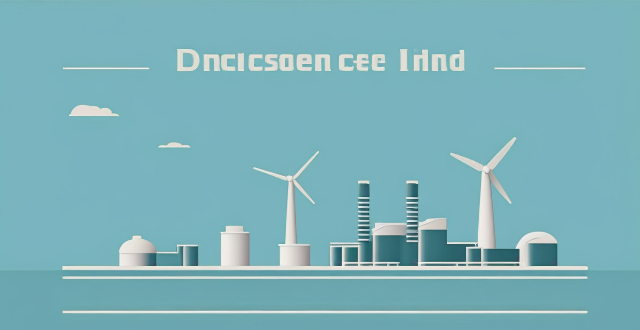
How does the efficiency of renewable energy technologies compare to traditional fossil fuels ?
The text discusses the efficiency comparison between renewable energy technologies and fossil fuels. Renewable sources, such as solar, wind, hydroelectric, geothermal, and biomass, have varying efficiency rates, with hydroelectric power being particularly efficient at up to 90%. Meanwhile, fossil fuels like coal, oil, and natural gas generally show higher efficiencies, especially natural gas plants which can exceed 60% efficiency. Despite their lower efficiencies, renewables offer significant advantages in sustainability and reduced environmental impact, making them increasingly competitive alternatives to fossil fuels.